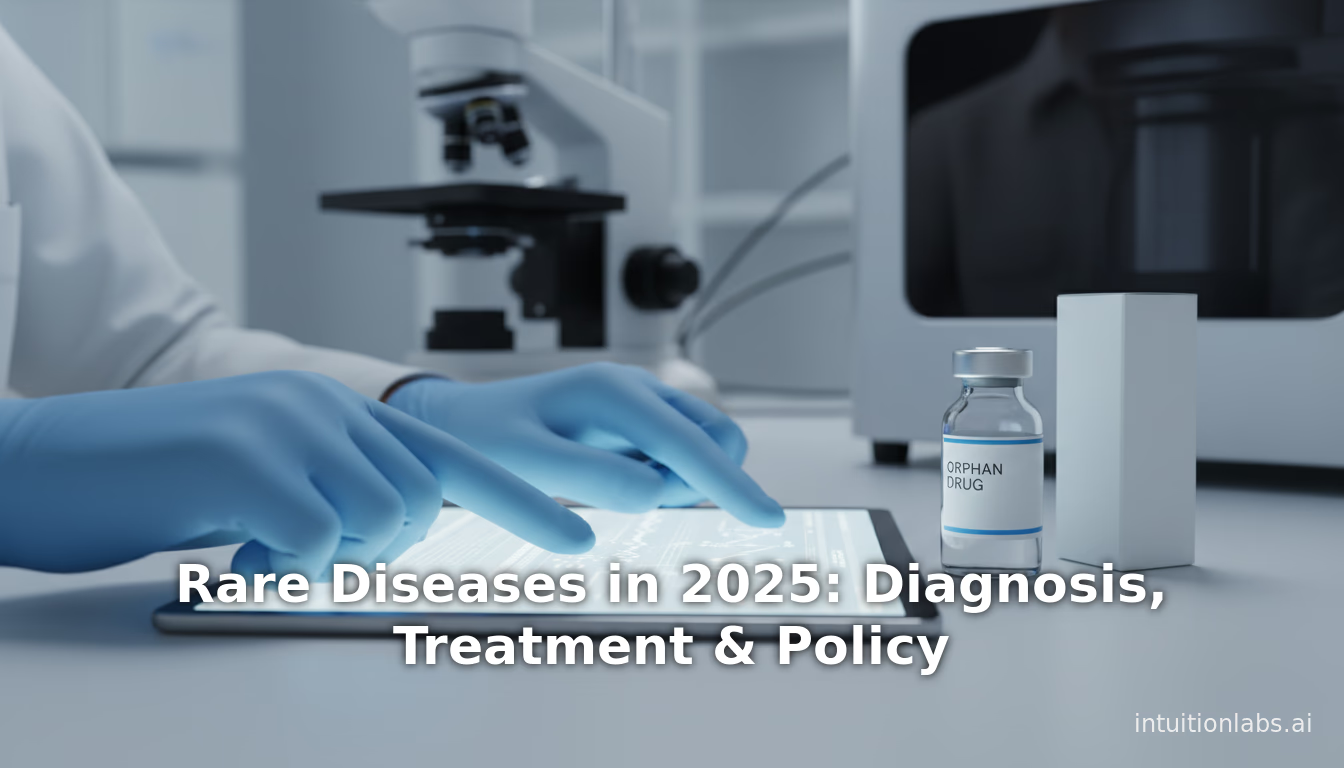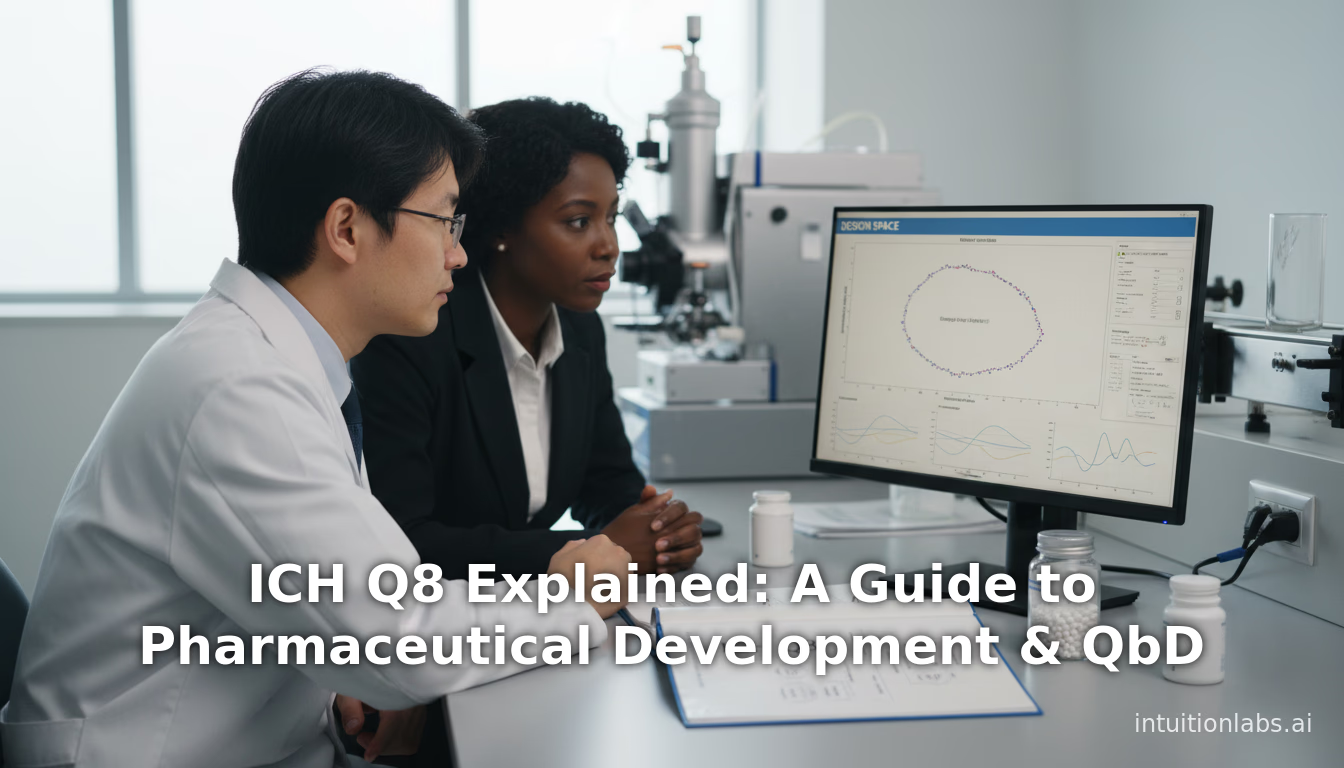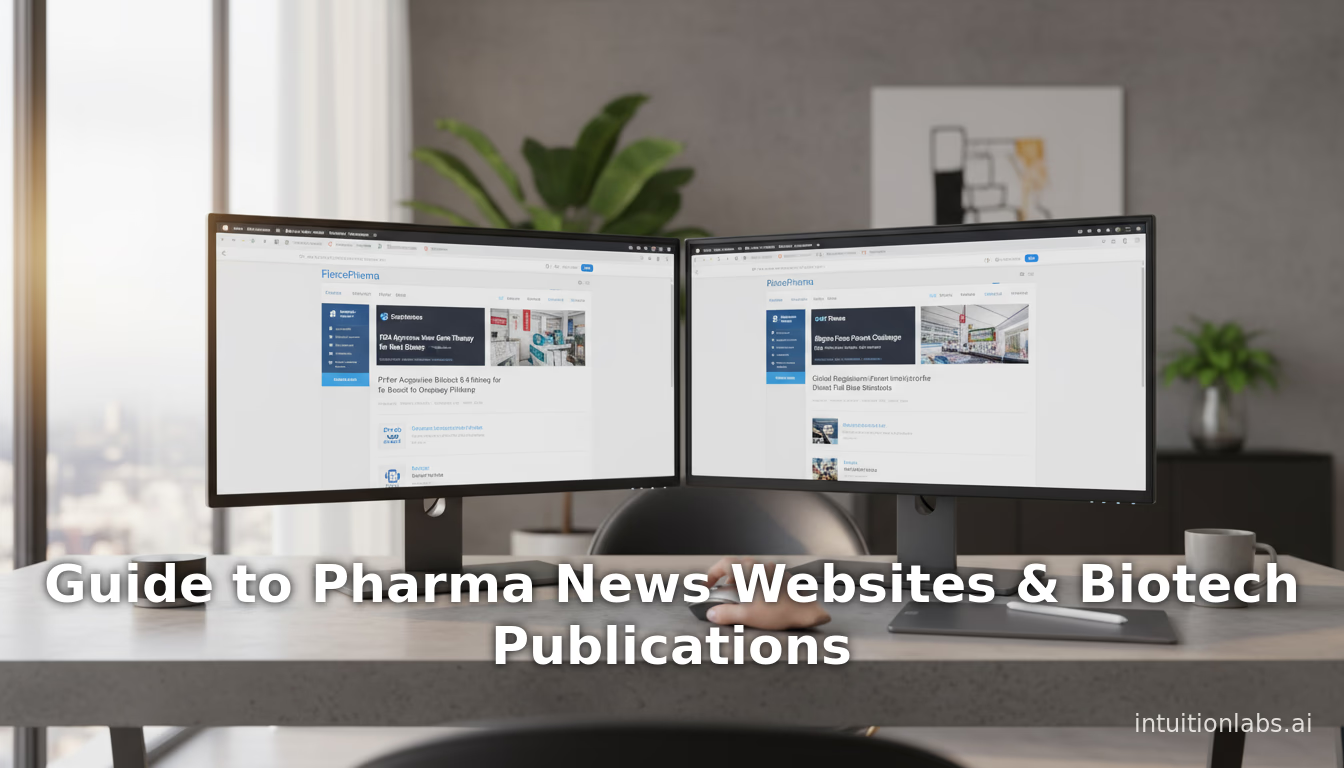
Explore the 2025 rare disease landscape, affecting 300 million people globally. Learn about diagnostic challenges, orphan drug development, and future policy di

Explore the 2025 rare disease landscape, affecting 300 million people globally. Learn about diagnostic challenges, orphan drug development, and future policy di

Learn about the ICH Q8 guideline for pharmaceutical development. This in-depth guide explains Quality by Design (QbD), QTPP, CQAs, and the design space concept.

Explore a comprehensive list of the top pharma news websites and biotech publications. Learn about sources for drug development, regulatory changes, and market

An educational analysis of the 2026 drug patent cliff. View a complete list of patent expirations, including Ozempic & Januvia, and their impact on generic drug

Explore open source PHI de-identification solutions for clinical data. This guide covers rule-based, ML, and hybrid tools for scrubbing text per HIPAA standards

A comprehensive comparison of OpenAI's ChatGPT plans: Free, Plus, Pro, Business & Enterprise. Learn the key differences in features, pricing, and data usage.

A comprehensive 2025 guide to ICH Q7, Q8, & Q9. Learn the core principles of GMP for APIs (Q7), Quality by Design/QbD (Q8), and Quality Risk Management/QRM (Q9)

Learn about CDISC standards for clinical trial data. This guide explains SDTM, ADaM, CDASH, and Define-XML with concrete examples for regulatory submissions.

Understand the FDA 510(k) premarket notification process for Class II medical devices. This guide covers substantial equivalence, predicate devices, and key ste

Explore how AI impacts Good Documentation Practice (GDocP) and ALCOA+ principles in life sciences. Learn about efficiency gains, data integrity risks, and new r

Explore why AI in radiology assists, but doesn't replace, human radiologists. Learn about the limits of AI and the critical role of clinical context and experti

Learn to build a Model Context Protocol (MCP) server for Power BI. This guide details how to connect LLMs and AI agents to your BI data for natural language que

Learn about the most in-demand pharma roles for 2025. This analysis covers top pharmaceutical jobs in AI, advanced manufacturing, and clinical development.

Learn about ISO 13485:2016, the quality management system (QMS) standard for medical devices. This guide explains its requirements, purpose, and role in complia

Is ISO 9001 still used in biotech? This guide analyzes how the QMS standard supports regulatory compliance, complements GMP, and improves quality in pharma & li

Learn what ISO/IEC 17025 is in this complete guide. Explore the requirements for testing and calibration laboratory accreditation, its history, and key benefits

An in-depth technical analysis of Kimi K2, the trillion-parameter LLM from Moonshot AI. Learn about its Mixture-of-Experts (MoE) architecture and agentic AI foc

Explore the updated ICH E6(R3) Good Clinical Practice (GCP) guideline. Learn about the key changes from R2, the new structure with Annex 1 & 2, and risk managem

An analysis of leading pharmaceutical consulting firms, from global strategy to specialized AI boutiques. Review key services, market data, and industry trends.

Learn what a CRDMO is and how this integrated model combines CRO and CDMO services. We explain the benefits, market growth, and key differences in pharma outsou

An in-depth analysis of pharmaceutical compliance software for GxP and QMS. Learn key features for 21 CFR Part 11 and compare top vendors like Veeva & MasterCon

Analysis of the top pharmaceutical packaging companies in a $110B+ market. Covers key players like BD & Amcor, market trends, and innovations in drug delivery.

A guide to biotech sales meeting booking for life sciences. Learn data-driven best practices for appointment setting, from prospect research to personalized out

Learn how to ethically source U.S. HCP contact information, including email and mobile numbers. This guide covers compliance with TCPA, CAN-SPAM, and data priva